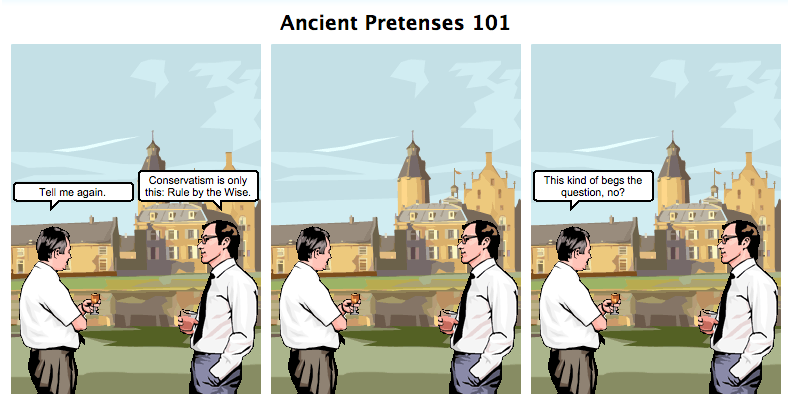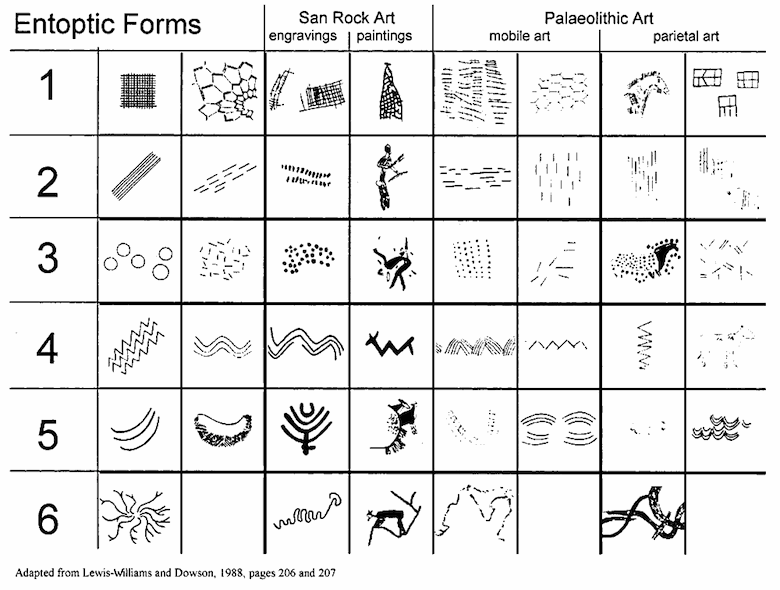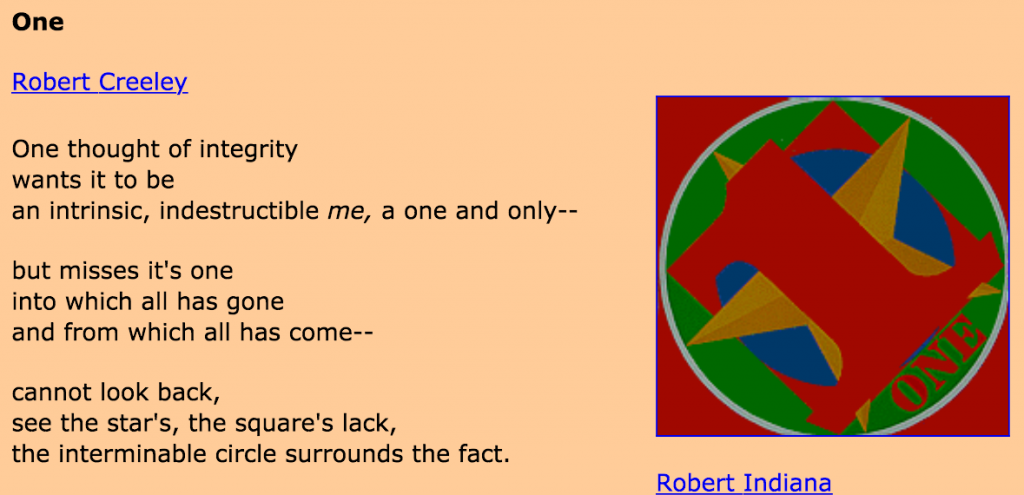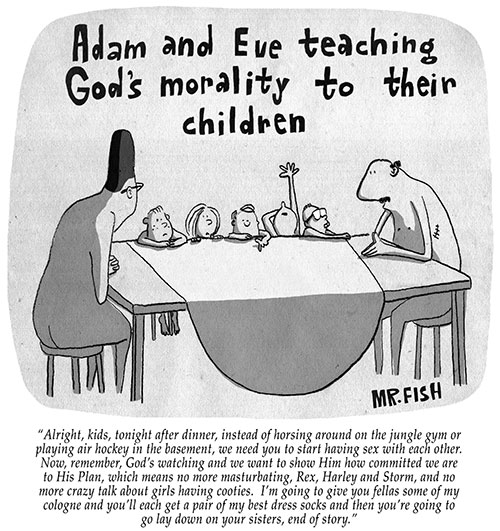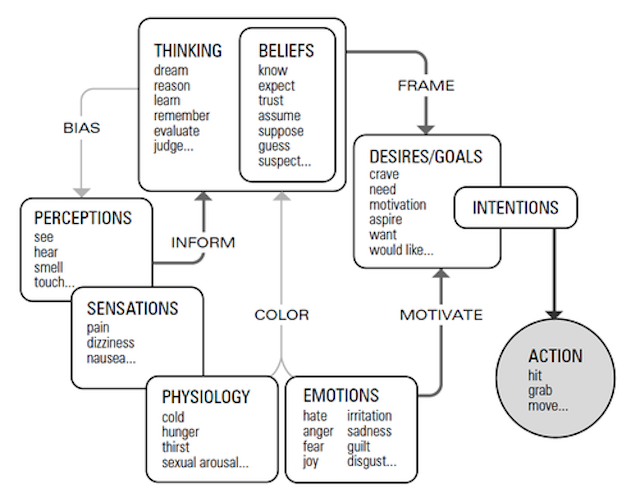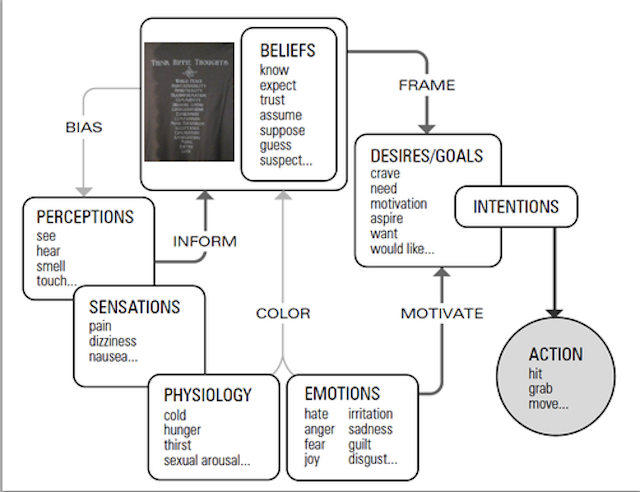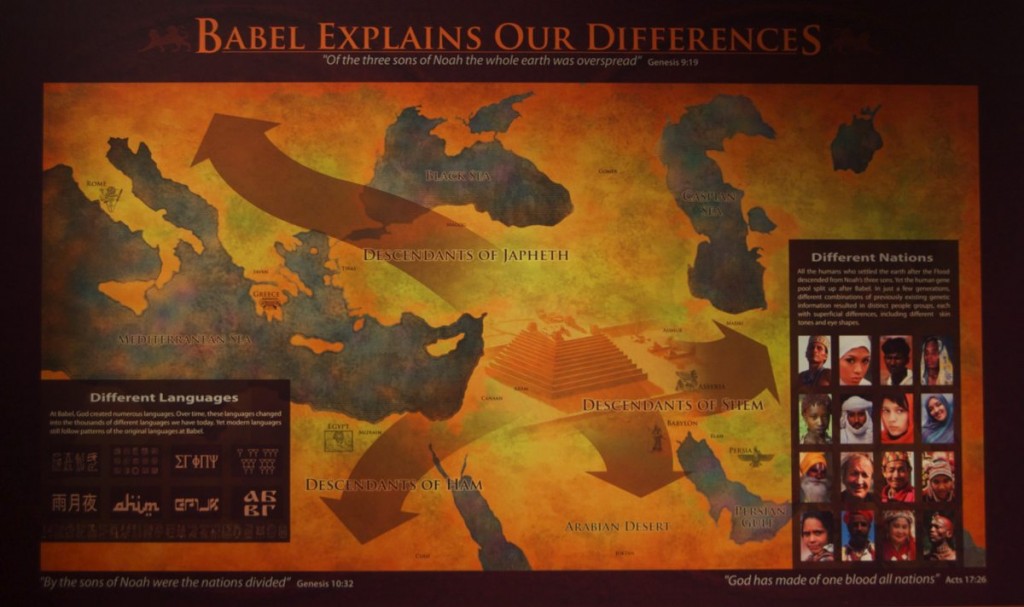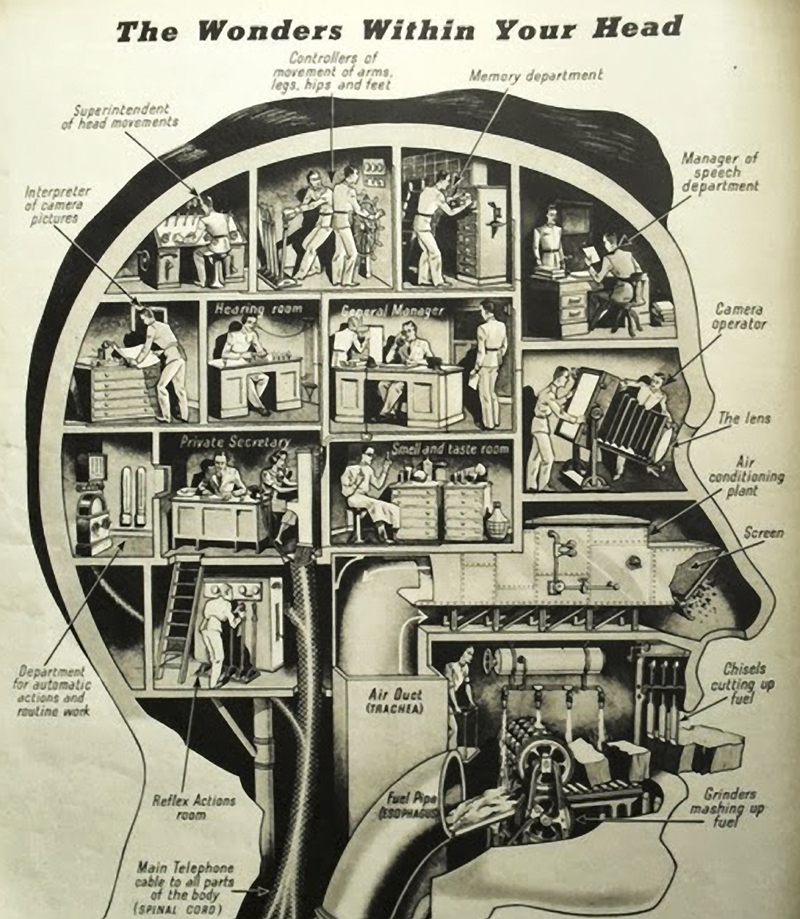
Saint Thomas Aquinas, Triumphant
I.
I forget when the following happen, yet it happened sometime during the time I was an elementary school student. This event occurred at some point during third, fourth, fifth, or sixth grade. Although both my twin brother also went to the same school, we rarely walked together. He much enjoyed taking shortcuts and running to school. Whereas I preferred to take the sidewalk to the light, turn left, and make my way the third of a mile to the school itself. As it turns out one day I could have used his protection.
Everyday, coming in the opposite direction and headed toward the large Catholic school located three quarters of a mile in the opposite direction, were its denizens. One day, walking alone to school, I was jumped by two boys, tackled to the ground, and roughed up a bit. I ended up with one of the boys sitting on my chest, with my upper arms pinned to the ground. He looked into my face, spat in my eyes, and told me,
You know you’re going to hell!?
It was shouted in a combination of mockery, exhortation, and, at the same time, it retained its questioning facet. I have no idea if I answered, and tend to think almost fifty years after the fact that I likely did not answer affirmatively. I didn’t understood what my brusque antagonist was even speaking about.
Although my family wasn’t the least bit religious, I do recall asking my parents about what the question meant. Most of the time, questions like that caused both my dad and mom to send me back to the 1960 World Book Encyclopedia, (whose many volumes served as my closest early confidant, in a autodidactiv sense–ever since I had skimmed/read my way through each volume.) I read about the Catholic Religion, the Holy Roman Church, The Bible; who knows–maybe this is why religion came to interest me so much.
Scroll ahead thirty years or so and its the nineties and I’m in my forties. By this time I have a fairly modest, and nevertheless, informed, grasp of the situation of Christianity as a world religion. My principal fascination was with religious experience and, what I came to term, artifactual religion. My curiosity was fulfilled by my learning a bit about how the different religions came to be constituted into their multi-various forms from, as-it-were, scratch.
As a matter of my own arm chair interests, this anthropological frame is for me the central primary feature of religion in historical context. Religions arise from their historical-sociological antecedents. So, for example, if one scrolls backward in time from the arrival of the Summa Theologica (1274 CE) of Saint Thomas Aquinas in the overall scheme of worldly time, one scrolls back before the time of the eventuation of the Old Testament, and, soon enough one scrolls back through those antecedents. Up to a point such antecedents would be specific to the historical development of the Abrahamic religions in a particular location and at a specific time, and then past this point, older antecedents would seem to a knowledgeable traveler (gone back in time, or, simply competent with the evidence,) to become more primitive and increasingly unhinged from what are the recognizable domains of (what strike we contemporaries,) to civilized religions and sophisticated religiosity.
Then, around (very roughly) 500,000 years ago BC, the evidence, so far, for anything resembling symbolic behavior disappears. However, 4.5 billion years of planetary history, prior to this disappearance, remain unscathed by symbolic or religious behavior.
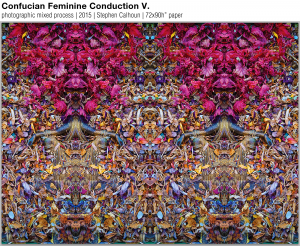
II.
Related to the anthropological perspective is religion’s manifestation as a consequence of human behavior, cognition and experience, for which the frame expands to encompass psychology and sociology. Although I became interested in the work of the psychologists William James and Carl Jung for reasons unrelated to my interest in religion, each in their distinctive ways came to deeply influence my working through to a modest extent the constitution of religion as an intentional individual and social phenomena.
Then, moving to the next viewpoint, the historical, the careful investigator inspects the timeline for religiosity as it unfolds locally over thousands of years in manifestations so brilliantly diverse that it would be ridiculous to then groan that the constituent religions are ‘at odds with one another.’
The fact of the usefulness of first and second order religious behavior is apparent, and at the same time, the investigator’s second order framing and third order analysis is off the side, removed from the local social phenomena. However, to note that a social behavior with a religious motive or objective constitues a “ritual,” “tradition,” or, going farther, reflects the structuring of human purpose in accordance with a priori “propositions, “principles,” or “laws,” is to choose from some menu given by a third order framework.
This is crucial to teasing out the differentiation between the local phenomena of pragmatic mythologizing, and, the properties of “Mythology” as a category of human culture and its intentional artifactual life.
The blunt ramification is simply derived from the basic understanding: as one goes back in time, very soon, the idea and representation of God, or of Gods, of of the sacred, or of the divine, goes “poof!”



